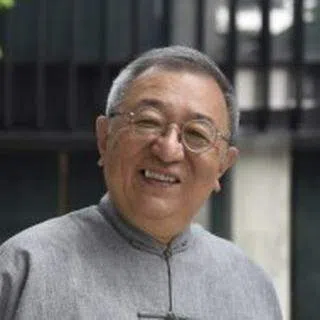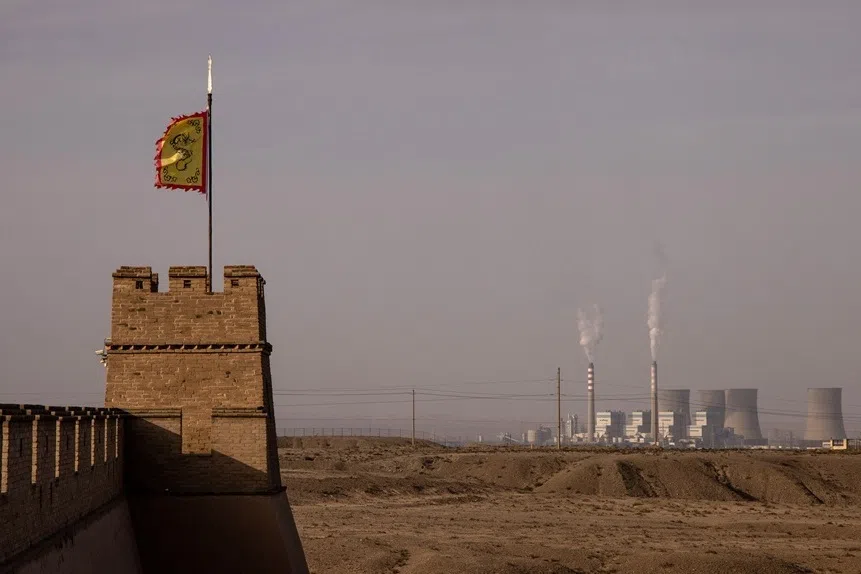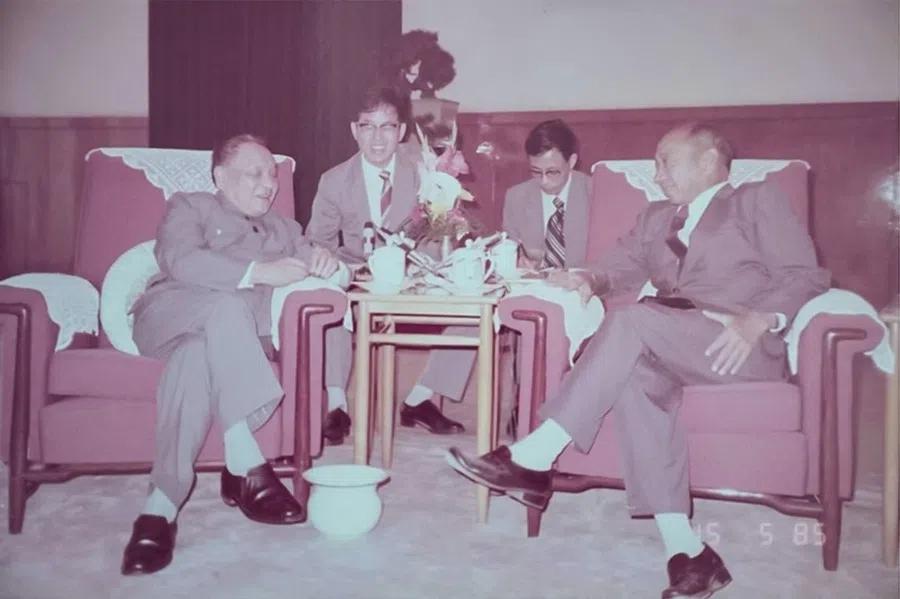Popular in the Ming and Qing dynasties, will Songluo tea make a comeback?
Songluo tea had once found ardent fans in the literati of the late Ming and early Qing dynasties. The emphasis on kneading the tea leaves into tiny balls after roasting is the secret to Songluo tea's rich aroma and highly refreshing taste. Will modern audiences perhaps more familiar with Longjing or pu-erh appreciate this tea's restrained elegance once more?

(Photos: WeChat/玉茗堂前)
I'm not sure if it is because of the weather blowing hot and cold or some other reason, but these days, my stomach is queasy, my body is aching all over, my mouth is dry, my gums are a little sore, and the roof of my mouth seems to be swollen. This can't go on, I tell myself. This must be what traditional Chinese medicine practitioners call "yin yang imbalance" (阴阳失调) and "liver fire exuberance" (肝火亢旺). What shall I do? It will be too troublesome to see a doctor. After all, I am not sick; I'm just feeling unwell. The doctor will probably just ask me to rest more, eat more fruits and vegetables, drink more water...
I suddenly recall that my friend from Suzhou gave me two tins of Songluo tea (松萝茶) in early summer. He said that this tea grown and produced in Huizhou (徽州) is especially good for reducing heatiness (降火), preventing accumulation (of toxins) and obstructions (消积化滞), and even preventing high blood pressure. At the time, I only listened quietly. Now that I am feeling unwell, I can't think of a better remedy. I take out the tins from my cupboard and decide to give it a shot.
Po Chai tea pills
Modern tea packaging is really quite sophisticated. Inside the tin affixed with an anti-counterfeit seal lies a vacuum-packed tin foil bag. Opening the bag, the fresh scent of fields with a hint of orchid and sweet osmanthus bursts forth. But the tea's fragrance is closer to the smell of freshly cut grass in the fields on a hot summer's day.
I find a crystal glass cup and gently pour the tea leaves into it. These are tiny dark green balls of curled up tea leaves not much bigger than the beads of Po Chai pills (a traditional Chinese medicine for diarrhoea and other ailments). That's strange. I recall that Songluo tea is a green tea variety shaped like a twisted cord. It is produced in Xiuning county, Huizhou, and is a cross between the Huangshan Maofeng tea (黄山毛峰) and Lushan Yunwu tea (庐山云雾茶). Why do they look like little Po Chai tea pills?
Pouring hot water at 90 degrees Celsius into the cup, I watch the small tea pills slowly unfurl. Like fresh sprouts moistened by rain and dew, the dark green tea leaves swirling in water gives off rich scents of spring. I realise that the production methods of Taiwan's Dong Ding Oolong were used in the making of this tin of Songluo tea. A lot of effort must have been put into kneading the tea leaves into small beads and locking the fragrance and flavour of the tea, just so that it can have a moment of glory when it is brewed.
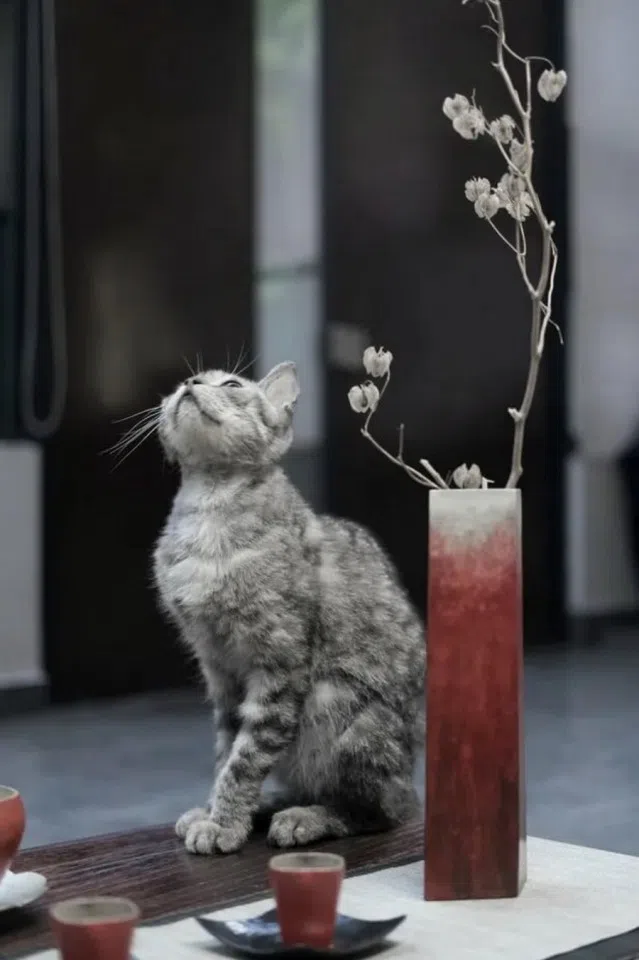
I slowly sip this cup of Songluo tea. It has an intense aroma and is slightly astringent. But it is an astringency that is pretty refreshing. Just like drinking a glass of Mouton Rothschild that has been stored for over a decade - when you first pop the bottle open, there is still a hint of bitterness and acidity mischievously lurking around the rich aroma of the wine.
In the case of Songluo tea, it is as if the tea tannins that tease our taste buds instantly disappear without a trace upon seeing the universe and after encountering the lovely sunshine, air and water - just like the demons unleashed by Hong Xin in the novel Water Margin (or Outlaws of the Marsh).
Only its essence tempered by the sun, rain, and dew is left behind, emanating an aromatic fragrance.
A mark of restraint
The fragrance and taste of Songluo tea is different from that of Longjing (龙井, Dragon Well) tea. While they are both unfermented green teas, I detect a restrained richness in Songluo tea that is closer in flavour to the steamed Taiping Houkui tea (太平猴魁). Its aroma is also more measured compared to the burst of aroma from Longjing tea after the roasting process. Perhaps the emphasis on kneading when the tea leaves are roasted traps all of Songluo tea's rich aroma and flavour into its little round tea capsules, thus producing a tea with a highly refreshing taste close to the scent of olives.
Late Ming dynasty Ningbo tea expert Wen Long (闻龙) describes the process of making Songluo tea at the beginning of his seminal book on tea, Chajian (《茶笺》). It roughly goes like this: "When we begin picking tea leaves, we have to remove the old leaves and only pick the young leaves. We also have to remove the tips and stipes, in case they get burnt easily. When we roast the tea, someone has to fan it at the side to dissipate some heat lest the colour, scent, and taste are lost. Fanning will make the colour of the leaves bright and crisp. Once the leaves have cooled, knead them with your hand and pour them back into the pan. Roast the leaves over slow fire until they are dried." Observably, the Songluo tea-making process is basically similar to other roasted green teas, just that more emphasis is placed on picking the right leaves and controlling the fire when roasting and drying the leaves.
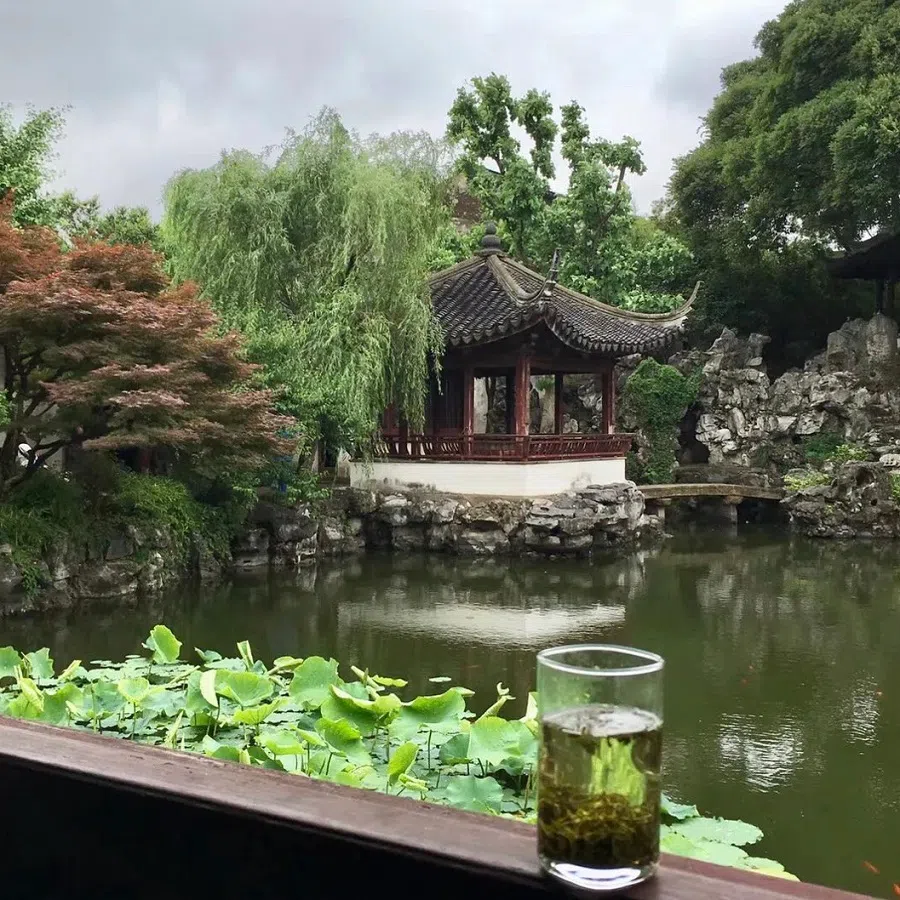
Fans of Songluo tea: Ming and Qing dynasty literati
Actually, I am very familiar with the literature related to Songluo tea because I studied the history and culture of tea drinking and found a lot of information on the topic. I know that it is a famous tea developed in the late Ming dynasty and had once been highly sought after by literati of the late Ming and early Qing dynasties. It is also comparable to Hangzhou's Longjing tea and Suzhou's Huqiu (虎丘, lit. tiger hill) tea.
"Following the Qingming Festival, it is the time of guyu (lit. grain rain, the last of spring), just the time for a cup of fragrant tea." - Qing dynasty painter and calligrapher Zheng Banqiao
During the Wanli Emperor's reign, Ming dynasty poet Yuan Hongdao once said, "People from Huizhou have recently sent some Songluo tea. Its flavour is superior to Longjing tea, but inferior to Tianchi (天池) tea." Late Ming and early Qing dynasty poet Wu Jiaji once wrote a poem about Songluo tea (《松萝茶歌》). He said that while there are many tea-producing regions in Jiangnan, few people are true connoisseurs of Songluo tea. He also mentioned a monk named Dafang (大方), who was the earliest person to create Songluo tea at Songluo Mountain in Xiuning county. In an essay about tea (《茶录》) written during the Wanli Emperor's reign, Chinese official Feng Shike wrote: "There was no tea to be found in Huizhou at first. But recently, Songluo tea was created and it became quite popular. The person who created it was a monk named Dafang."
Qing dynasty painter and calligrapher Zheng Banqiao once wrote an inscription for his painting where he juxtaposed young bamboo with freshly picked Songluo tea leaves to illustrate the refreshing sights of early spring. The poem roughly goes like this: "The skies are clear and there is neither wind nor rain. Bright green bamboos stand tall and upright in my backyard. I love these cool evenings when my friends visit and I would brew a pot of freshly picked Songluo tea to entertain them. Amid the rustling sounds of young bamboo leaves, we would create ink wash paintings of distant mountains. Following the Qingming Festival, it is the time of guyu (lit. grain rain, the last of spring), just the time for a cup of fragrant tea."
I am lost in thought as I drink my cup of Songluo tea. I can't help but wonder, will Songluo tea become fashionable again?
